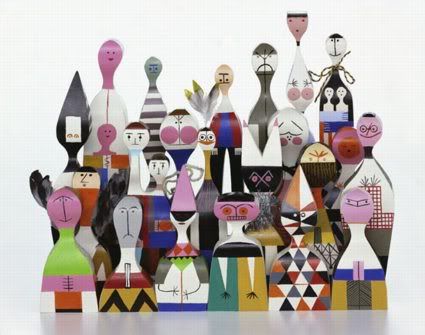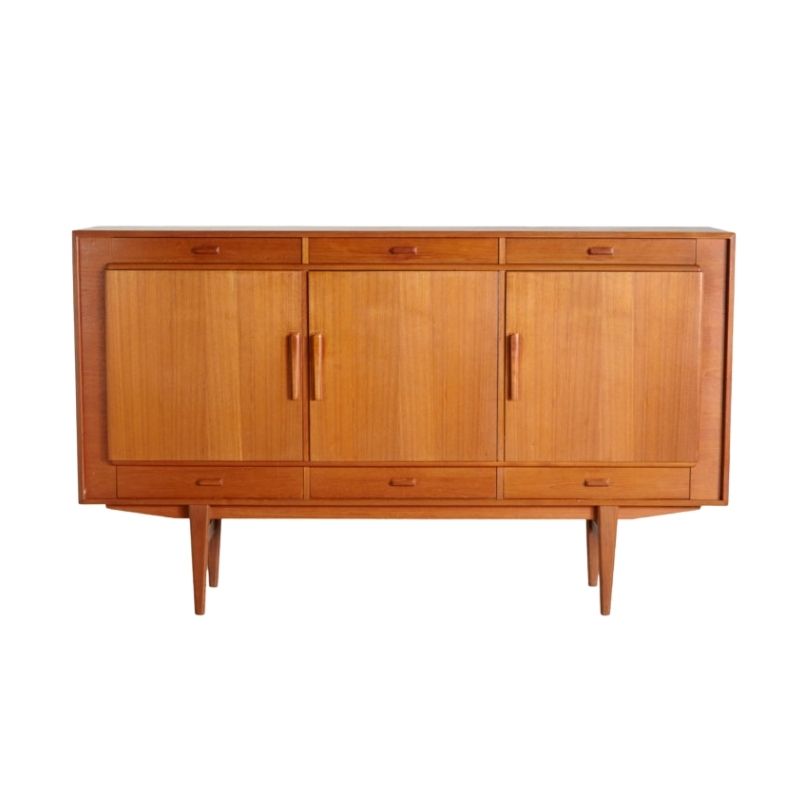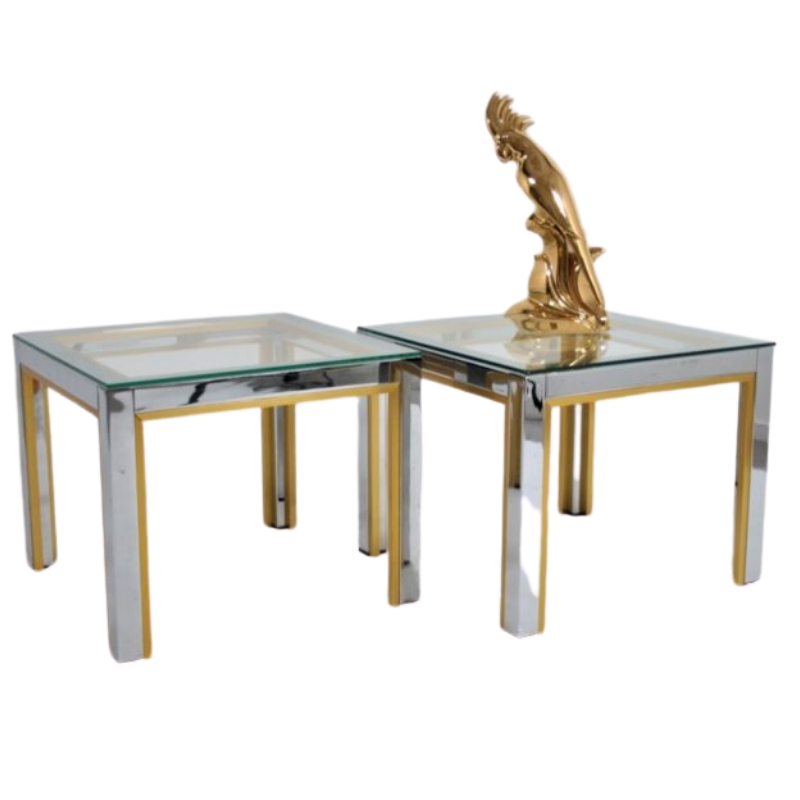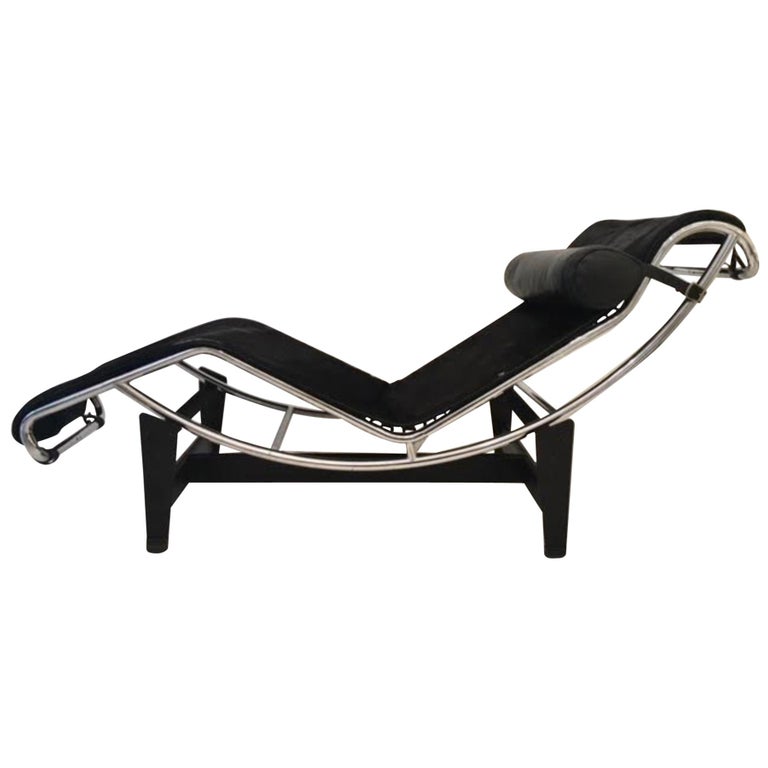This is really....
....a question for SDR but may I just start soemwhere?.
Much depends on how you want to do this. The most manual and obvious way is on the bandsaw but instead of a saw blade you put the equivalent diamond powder coated wire on the wheels. You have to get used to it, but it works well. You should also consider out sourcing it simply because the set-up coast are very low as long as you bring along a digital file...wood in all it's forms can be laser or water cut. The typical gap is 0,02" to 0,03" which is slightly less than the wire cutting (0,04"-0,05") If you want a tighter fit than that you have to router the pieces individually...sounds worse than it is. Of course you lose some material but with a CNC router it is actually faster than most other cutting. All pieces being made individually , the fit can be very thight. Over to SDR...
Where exactly would I get...
Where exactly would I get this outsourced?
I was considering doing a batch of wooden dolls before getting to the puzzle realm in order to introduce myself to the process.
One piece, two pieces, three pieces ... a graduation perhaps.
I plan on handpainting them, so I will probably only do the front so the paint doesn's affect the fit. I would like to figure out some sort of satin finish on the sides and backs, so they aren't completely unfinished.
.
James, let's continue our discussion on your excellent thread.
Whitespike, are you thinking of flat parts (as opposed to 3D shapes) ? If so, I can add little to Koen's advice. Perhaps you can describe your shapes a bit more ? I imagine an electric scroll saw (more like a sewing machine than any other woodworking tool) would be a useful purchase. I have not had extensive experience with these; I believe that an omnidirectional blade such as Koen mentioned would be preferable to a traditional saw blade which cuts only from the front.
I would think that the small amount of "looseness" that would result from cutting puzzle parts (I assume you mean jigsaw-type puzzles ?) from one piece of material would be an advantage rather than a deficit. It would leave room for finish and would allow the pieces to be manipulated a little more easily.
The next question would be, what sort of material would be desirable ?
Thanks for the responses. I...
Thanks for the responses. I would like to use wood block material with paint and laquer. I have always had a fondness for wooden toys. Those electric scroll saws sure are expensive. I wish there was another route, as I am just experimenting. My illustrations are very colorful with a childlike whimsey, although a bit more refined at times ... I'd love to make a few toys and dolls and perhaps a rocking horse (the one I'l like to make would actually be a rocking bird).
Hi whitespike!
I do not know where you live, so it is difficult to guide you in finding a subcontractor to do this. If I look for it in the yellow pages here I would have to look under "cutting", not under woodworking simply because both laser or waterjet cutters do this in all kind of materials. People that do large lettering are often equiped with this kind of CNC machinery. A local design office might want to help you out. Design offices often use all kind of sub-contractors for a variety of prototyping.
Again, I wonder
if you're talking about flat pieces. If so, you might be able to satisfy the urge to see some prototypes by looking at foamcore. Typically 1/4" thick but available thinner and thicker, the surface is white paper and the interior white expanded foam. It can be cut with a knife, but for curved cuts a fine-bladed hand-held coping saw would make a reasonable cut, with perhaps a little fuzzing to the surface (again an omni-directional blade such as Koen mentioned would be best). This is something you could definitely do yourself, cheaply, and the surface would paint well.
I am working on a project...
I am working on a project that is similar at the moment with an artist and the local technical college. I would suggest having your design screen printed onto some high quality ply or have the printed paper graphic glued onto one side of the ply (perhaps another graphic on the other side to make it really interesting)...Then get yourself a cad file (you could even hand draw it, scan it, open it in adobe illustrator and convert ((trace/make)) it into a .dxf or dwg. When you take this to the laser or water cutters they can decide weather to have the cutting 'tool' follow the inside or outside or centre of the line (you want centre) if the operators know what they are doing your glued on graphic will not come off, you could even spray the finished pieces with a clear finish. I have seen victorian era puzzles with glued on paper still looking good...I hope this helps and I havn't misunderstood your proposition. Heath...Its shouldn't cost you more than $200
Btw good to see you are still contributing Koen.
CNC Cutting
Hi all, I have a CNC machine its a ShopBot,
there are ShpoBotters across the world and there is a discussion forum, www.talkshopbot.com.
The puzzle shapes can be cut with a router using a small carbide endmill as small as 1mm, less might break, but if you are painting the edges I think that will be a good cut size. The patterns can be converted from DXF so If you have any tests you'd like to try, I will offer my services, thin plywood is cheap and postage is minimal.
http://www.shuttlespace.com
If you need any help, please contact us at – info@designaddict.com










